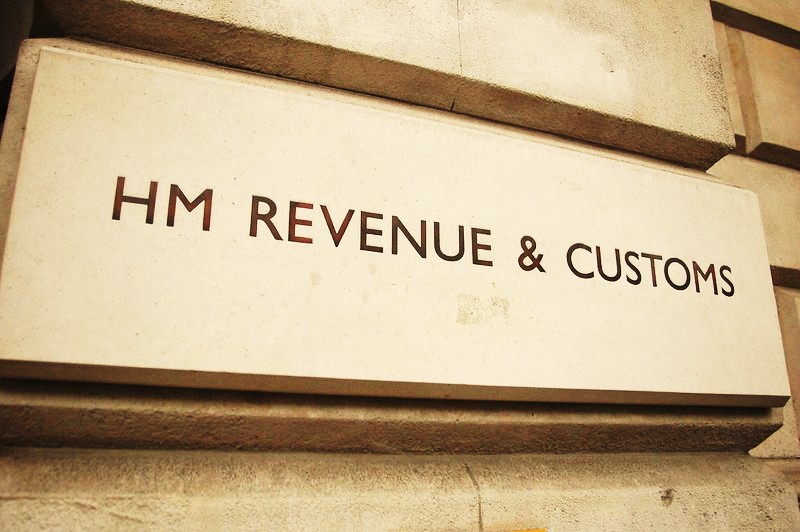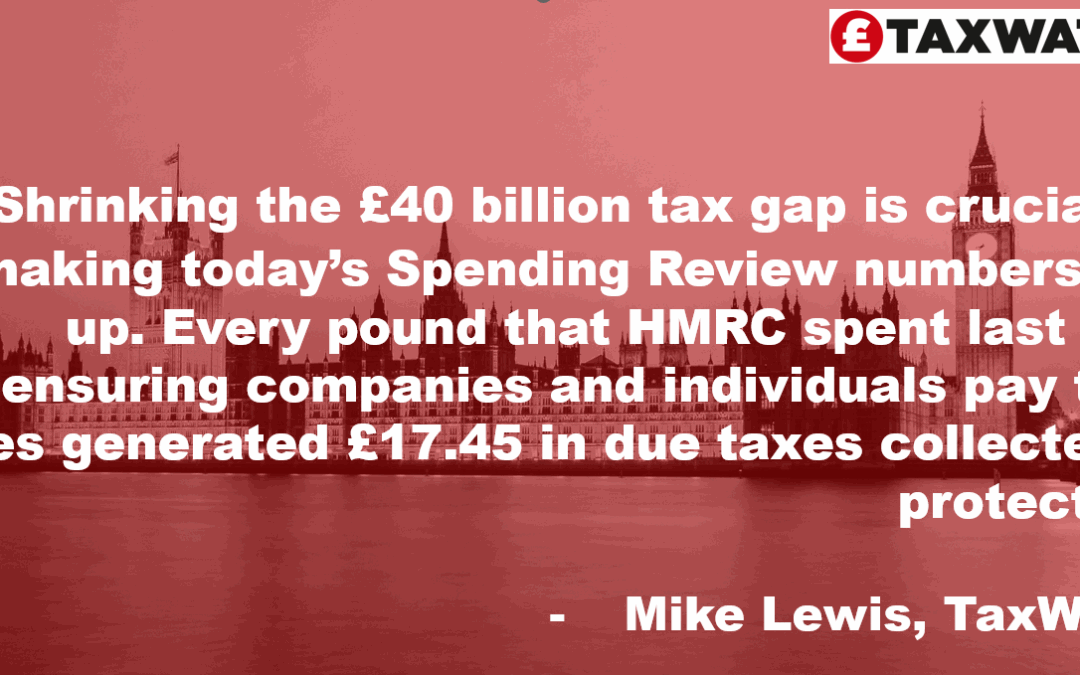
by Chris White | Jul 4, 2025
After years of attempts at reform, offshore havens still offer secrecy for those determined to hide money and evade tax. In a week when five of the UK’s Overseas Territories have ignored yet another deadline for functioning ‘beneficial ownership’...

by Mike Lewis | Jun 19, 2025
Summary: Quietly buried in HMRC spreadsheets released today is the news that the UK Tax Gap – the gap between tax due and tax collected – seems consistently to be billions of pounds bigger than HMRC previously estimated. New evidence suggests that the...

by Mike Lewis | Jun 11, 2025
Responding to today’s Comprehensive Spending Review (Wednesday 11 June 2025), TaxWatch Director Mike Lewis said: With the Chancellor’s commitment to paying for day-to-day spending only through tax receipts, shrinking the £40 billion tax gap and £38...

by Mike Lewis | Jun 5, 2025
The UK is weighing the future of its Digital Services Tax (DST), under pressure from US trade threats. From the White House to the tech sector, the DST has been described as a discriminatory ‘tariff’ almost entirely targeting large US internet companies. No-one seems...

by Mike Lewis | May 16, 2025
HMRC is recovering more missing tax from wealthy individuals than previously: £5.2 billion in 2023/24. But beneath the headlines: the tax this group is underpaying may be larger than previously thought, and is likely growing, while penalties for their non-compliance...

by Mike Lewis | May 14, 2025
The government wants to step up the fight against enablers of tax abuse (again). New powers and better information can help. But HMRC is barely using some of the powers and penalties it already has. *** Laws that aren’t enforced are simply polite recommendations....







